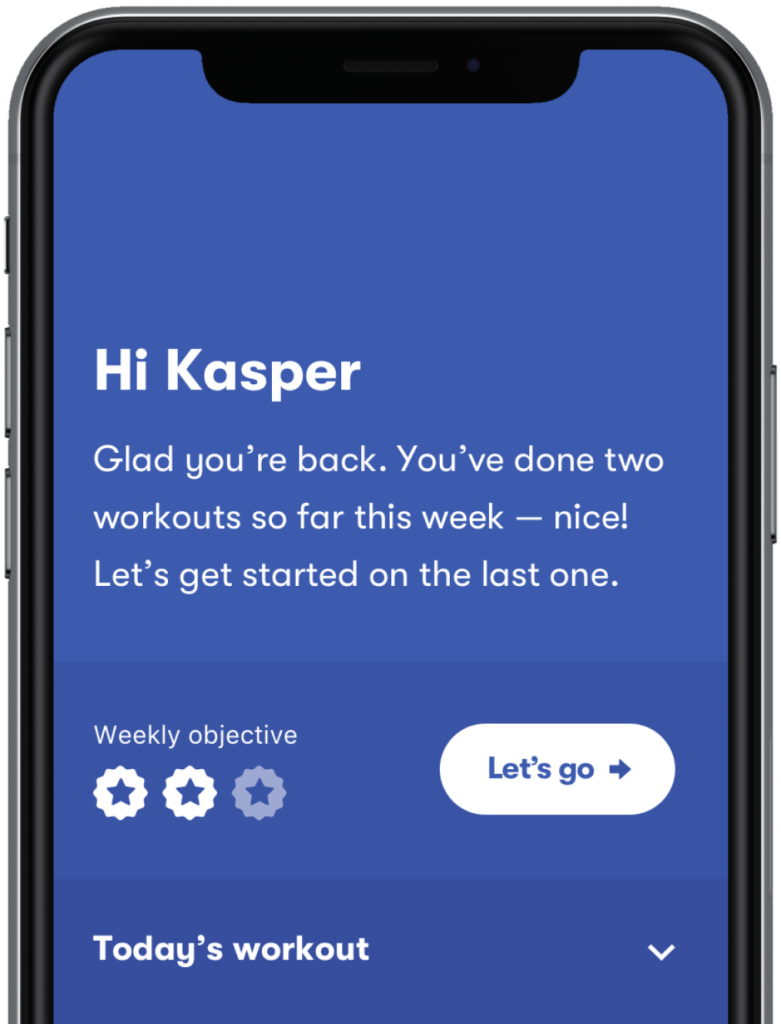The shoulder is a major joint that connects the arm to the torso. It is one of the most complex and versatile joints in the human body. You use it to carry groceries, scratch your back, lift a toddler, and pitch a baseball. It’s a ball and socket joint that is formed by the humerus (upper arm bone) and scapula (shoulder blade).
One of the most remarkable features of the shoulder joint is its stability. The stability of the joint is made possible by several structures that surround the shoulder. One of these structures is the rotator cuff. It is a collection of tendons and muscles that support the shoulder. These muscles allow the arm to move in many directions.1 The shoulder joint has impressive strength, stability, and range of movement. Still, because of its complexity, it is vulnerable to injury.
Several different shoulder conditions can cause pain, stiffness, and reduced range of motion. Fortunately, you don’t have to live with a painful or stiff shoulder. Exercises can reduce pain and stretch the joint. You can regain lost movement. In this guide, we review some of the most effective shoulder stretches and exercises.
These can be done at home to improve strength and flexibility and prevent injuries. They can also help with symptoms such as shoulder pain and stiffness. Remember to consult a healthcare provider if your symptoms are severe or do not get better with home treatments.
Common reasons why your shoulder feels sore/painful
As noted, many conditions can lead to pain, soreness, and stiffness in the shoulder. Some of the most common causes of shoulder symptoms are listed below:
Frozen shoulder: The medical name for this condition is adhesive capsulitis. It is scarring and inflammation of the shoulder capsule. The shoulder capsule is a ligament that surrounds and stabilizes the joint.2 Symptoms can include pain and restricted movement.
What are the best exercises and stretches for painful shoulders?
The shoulders are powerful and have unmatched mobility. They are one of the most frequently used groups of muscles in the body. We use the shoulders to push, pull, lift, press, and reach. That’s why it’s crucial to strengthen the shoulders by doing regular exercises. Here are some of the best shoulder exercises you can do at home.
Red flags and things to consider if you have shoulder pain
Minor shoulder pain and stiffness can often be relieved by pain medicine, rest, ice, and exercises. But, in certain situations, it’s important to see a doctor.
Shoulder pain accompanied by chest tightness and difficulty breathing can be a symptom of a heart attack. Seek immediate medical attention if you have these symptoms.8 You should also see a healthcare professional if:
- You have suffered an injury and the shoulder joint appears visibly deformed.
- You have intense pain and/or sudden swelling.
- You are unable to use the joint or move the arm.
When is it time to see a doctor about your shoulder pain?
Make an appointment with a doctor if your shoulder pain is accompanied by symptoms such as redness, swelling, and tenderness. It’s also recommended to see a physician if the shoulder pain shows no sign of improvement after two weeks of home treatment.
Prevention and avoiding future shoulder pain
Whether you’re reaching for something on the top shelf, swinging a tennis racket, or shampooing your hair, you can’t do it without using your shoulder joint. This powerful joint and surrounding muscles are used in a lot of repetitive motions in daily life. That’s why when your shoulder muscles lack strength and flexibility, you can set yourself up for injury. Here are some things you can do to prevent shoulder pain and injury:9,10
- Warm-up before you exercise with gentle shoulder stretches. Move the arms up and down, from side to side, and in circles. This will put the shoulders through their entire range of motion.
- Ease into a new workout regimen and build up your endurance by gradually increasing the frequency and intensity of exercises.
- Strengthen the muscles that support and stabilize the shoulder joint.
- Cross-train with a variety of workouts. Some sports, such as swimming, involve repetitive movements that can be taxing on the shoulders. Alternate your swimming with running, for example, to reduce stress on the shoulders.
- If your occupation involves repetitive, overhead movements (for example, if you’re a construction worker or painter), try to interrupt the repetitive movements with other tasks.
The Injurymap app has a range of shoulder stretches and exercises to strengthen the muscles and make the joint more flexible. The app is easy to use and demonstrates the correct technique and posture so you can do the exercises at home. If you’re not sure if the Injurymap app is right for you, use the 14-day free trial to test it out.
Stretching and exercising are critical to keep the shoulders strong and mobile and prevent injury. The IM app makes it easy to do shoulder exercises at home. You can build strength and flexibility and say goodbye to shoulder pain and stiffness.




